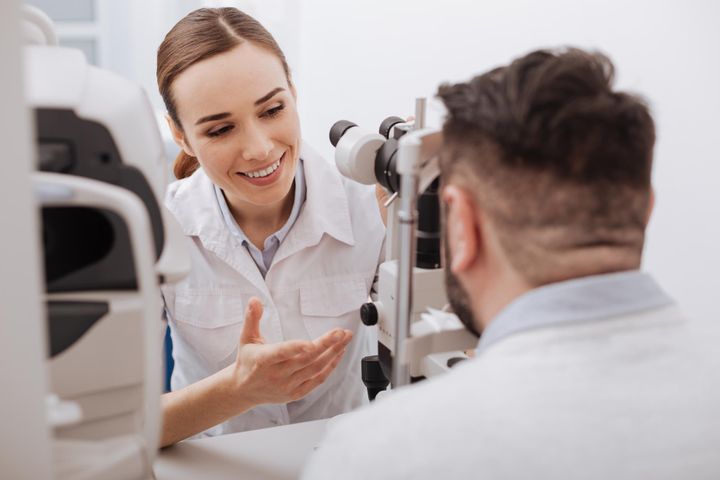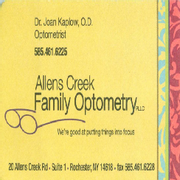4 Common Problems Vision Therapy Can Correct

Vision therapy is a type of therapy for the eyes and brain to treat many common visual problems. While glasses and contact lenses commonly adjust poor vision, therapy works to fix the underlying issues, providing lasting results. Fortunately, there are many eye issues that this type of therapy can help.
What Vision Problems Can Vision Therapy Correct?
1. Issues With Eye Movements
 Patients with various eye movement disorders have found vision therapy to be helpful in correcting their eye movement. Specifically, this can help with vision issues that occur when a patient is working or reading up close.
Patients with various eye movement disorders have found vision therapy to be helpful in correcting their eye movement. Specifically, this can help with vision issues that occur when a patient is working or reading up close.
2. Amblyopia
Most commonly known as lazy eye, this occurs when an eye has a muscle imbalance or issues that cause it to have trouble moving in the proper direction. Vision therapy works to stimulate and strengthen the lazy eye, helping it keep up with the other eye.
3. Strabismus
This is more well-known as crossed eyes, and it typically is a result of a nerve problem, causing the muscles that control the eye’s movement to not work well. This can cause double vision or problems seeing what is in front of them. Early vision therapy treatment can be instrumental in re-aligning the eyes without surgery.
4. Acquired Brain Injury or Developmental Issues
Vision therapy works to help other types of vision problems, such as problems from a stroke or developmental issues that lead to poor visual processing or focusing. Therapy can train the eye to focus better and allow the muscles to better support the patient's vision.
Allens Creek Family Optometry has provided premier eye services to the Rochester, NY, community for years. From vision therapy to traditional corrective options — such as glasses or contact lenses — their team is dedicated to finding solutions for vision challenges you may have. To learn more about the type of services they offer patients, visit them online or call (585) 461-6225.
About the Business
Have a question? Ask the experts!
Send your question

